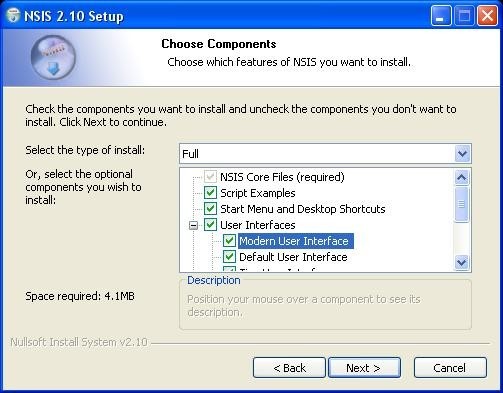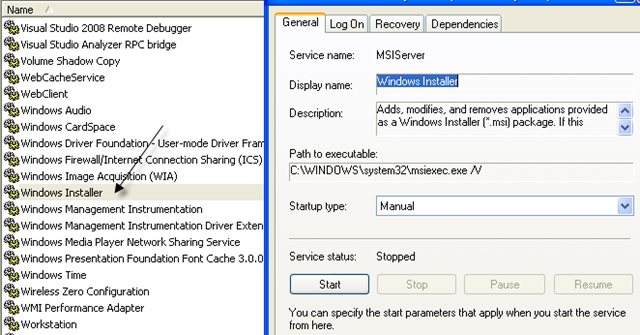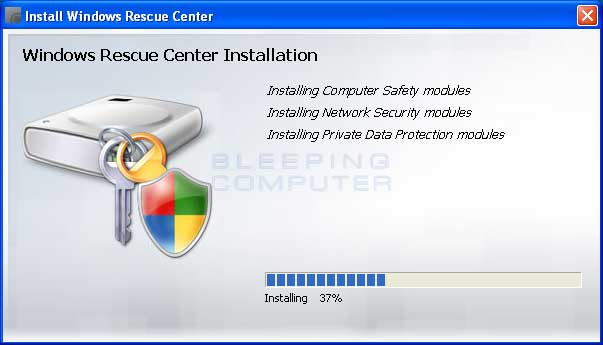

- #Systemrescuecd installer for windows install
- #Systemrescuecd installer for windows drivers
- #Systemrescuecd installer for windows Pc
- #Systemrescuecd installer for windows iso
- #Systemrescuecd installer for windows windows 7
VG UUID HM62Tf-ZNqn-m059-48MV-u4Uf-MpC0-leO586Ĭase A – We have the root partition on a volume group with available space, Free PE/Size > 0 (best option)

Once finished boot process you will have access to the command line, first identify the volume group: This procedure has been developed for a system running with the root filesystem being LVM2 based ext3, inside a SAN.īoot your SystemrescueCd, you’ll get something like that: Let’s see some work we can achieve with our CD (or USB stick) 1) Expanding A Root-FSĭisclaimer: This task could be very dangerous for your installation, so take a backup of your system, and use this guide as a rough guide, and has to be adapted to the concrete setup. It aims to provide an easy way to carry out admin tasks on your computer, such as creating and editing the hard disk partitions. SystemRescueCd is a Linux system rescue disk available as a bootable CD-ROM or USB stick for administrating or repairing your system and data after a crash.
#Systemrescuecd installer for windows install
Install the drivers! You should now have a C:\drivers folder with the contents of the folder that you copied onto your USB drive.It’s happened to all that your system after an upgrade or even for no apparent reason decided to die and not restart. At this point you try to start in Safe Mode, or search the installation CD and start to do guess … or you can use SystemRescueCd, it does not necessarily solve every problem, but you’ll arrive at the verdict and analysis much faster. Now unmount the Windows drive by typing umount /mnt/windows, reboot by typing reboot and then unplug the USB drive once your system has rebooted. As before, if you don't see a response, it means everything went OK. At the shell, type cp -r /livemnt/boot/drivers /mnt/windows and hit enter. Now that we have access to the Windows drive, we can copy the files. You'll only see a message if something went wrong, so don't be surprised if nothing shows up! If your device was /dev/sda2 you would now type ntfs-3g /dev/sda2 /mnt/windows and hit enter. Once you've figured it out, we can use ntfs-3g to mount the drive and copy files to it. If you're using a single hard disk / SSD, it is likely going to be /dev/sda2.

Look for a partition that matches the size of your Windows drive. At the shell prompt, type lsblk and hit enter. Now we need to determine the device name of your Windows drive. After a short while, you'll be dropped into a Linux shell that looks something /root % Just hit enter to accept the default boot method. You'll get a scary looking boot menu if everything went right. Hit F12 or F10 or whatever option lets you boot from your USB drive.
#Systemrescuecd installer for windows windows 7
Plug the USB drive into your Windows 7 machine and reboot.
#Systemrescuecd installer for windows drivers
The drivers you need will vary based on your motherboard see the support site for your particular motherboard model for the specific drivers you needed. Fill it with all the drivers you need (recommended: network drivers, USB drivers). Make a folder called drivers (make sure it's lower-case!) on the root of your USB drive.
#Systemrescuecd installer for windows iso
iso onto your USB drive and make it bootable. Run Rufus and tick the 'Make bootable' box, then browse to the.
#Systemrescuecd installer for windows Pc
Insert a USB drive into your working PC (warning: all data on the USB drive will be lost!). iso format).ĭownload Rufus, a utility to make bootable USB drives. iso with the necessary drivers as part of the installation procedure.ĭownload the latest version of the SystemRescueCd (make sure it's in. Please note, this guide won't help you if your keyboard and mouse are not functioning! If this is happening, you'll need to do things the "hard" way and create a customized Windows 7. We'll use this to access our hard drive and copy over the necessary files. The System Rescue CD is an awesome bootable Linux distribution that supports USB 3, NTFS and all kinds of other stuff. Thankfully this is pretty easy to solve as long as you have another working computer you can use. This poses a problem when trying to use Windows 7 as it lacks USB 3 drivers, so after installation you'll find it's pretty difficult to install video drivers, network drivers, etc when you can't use a USB drive or the internet. With modern chipsets like Intel's Z170, you no longer get native USB 2 ports on the motherboard. Add USB3 drivers to your Windows 7 installation with Linux


 0 kommentar(er)
0 kommentar(er)
